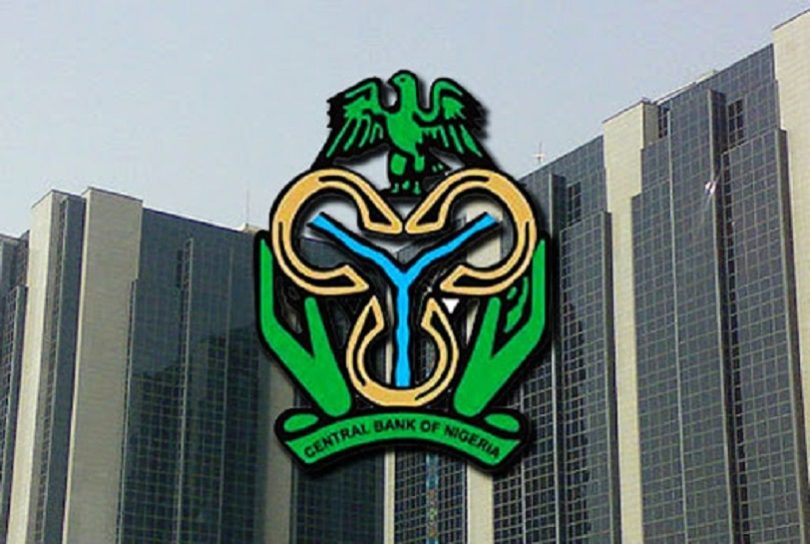Funds belonging to non-Treasury Single Account (non-TSA) public sector accounts remain safe and fully accessible at commercial banks, according to the Central Bank of Nigeria (CBN).
The apex bank explained in a Post-MPC Frequently Asked Questions (FAQs) publication on its website that commercial banks have in-built mechanisms for managing liquidity and meeting the legitimate obligations of all customers, including owners of these accounts.
It further noted that the CBN also provides short-term lending support to banks as a lender of last resort, enabling them to square up positions when necessary through the Standing Lending Facility.
At its last Monetary Policy Committee (MPC) meeting held last week, the CBN introduced a 75 percent Cash Reserve Requirement (CRR) on non-TSA public sector deposits. This measure was aimed at addressing the build-up of excess liquidity in the banking system, largely arising from increased injections into this category of accounts. The bank explained that the new CRR would ensure that public sector deposits outside the Treasury Single Account do not contribute to inflationary pressures that could undermine the ongoing disinflation momentum.
Read also: Banks pile record cash with CBN as lending stutters
On the decision to reduce the Monetary Policy Rate (MPR) to 27.00 percent, the CBN said the MPC lowered the rate by 50 basis points in response to the sustained decline in inflation over the past five months and in anticipation of further moderation for the rest of 2025. The reduction, it added, is expected to support government efforts at economic recovery without undermining macroeconomic stability.
The bank also clarified the rationale for adjusting the Standing Facilities Corridor to +250/-250 basis points. Standing facilities, it explained, are monetary policy instruments that help the CBN either provide or mop up overnight liquidity in the banking system. They comprise the Standing Lending Facility (SLF), which allows banks to borrow liquidity overnight at the SLF rate, and the Standing Deposit Facility (SDF), which allows banks to deposit excess liquidity overnight with the CBN at the SDF rate. The corridor was revised from +500/-100 basis points to +250/-250 around the MPR, creating a symmetric corridor instead of the previous asymmetric one.
The adjustment, according to the bank, is intended to reduce volatility in overnight interest rates, improve interbank market efficiency, deepen liquidity management, encourage more active interbank trading, and enhance monetary policy transmission.
On the reduction of the CRR for commercial banks to 45 percent, the CBN explained that Cash Reserve Requirements are statutory obligations for banks to keep a specified percentage of their deposits with the apex bank, serving both prudential and liquidity management purposes. A higher CRR reduces the funds available for banks to create credit, while a lower CRR has the opposite effect. The recent cut, the MPC said, was intended to ease liquidity pressure on commercial banks, giving them more room for productive lending and intermediation while still maintaining sufficient sterilisation to guard against inflation.
Read also: CBN rate cut masks tougher rules on public funds
Responding to a question on inflation, the CBN said its tightening measures, combined with federal government interventions, have contributed to a substantial decline in headline inflation, which fell to 20.12 percent in August 2025 from 21.88 percent in July. This represents the fifth consecutive month of deceleration. The 1.76 percentage point decline recorded in August was the sharpest pace of price moderation in five months. Both food and core inflation eased, largely due to sustained exchange rate stability, a surplus current account balance, moderation in petrol prices, and monetary policy tightening. Experts project that inflation will continue to ease through the remainder of 2025, supported by exchange rate stability, tight monetary policy, and the onset of the harvest season.
On how the bank balances inflation control with credit to the real sector and micro, small and medium enterprises (MSMEs), the CBN said it relies on conventional monetary policy tools, such as interest rate hikes, to anchor inflation expectations and avoid distortions in the credit market. By maintaining a stable and robust financial system, financial institutions are better positioned to allocate surplus funds efficiently to deficit areas of the economy.
The CBN also reassured that Nigeria’s external reserves remain strong and a source of confidence for citizens, investors, and other economic actors. As of September 11, 2025, gross external reserves stood at $43.05 billion, providing 8.28 months of import cover.

